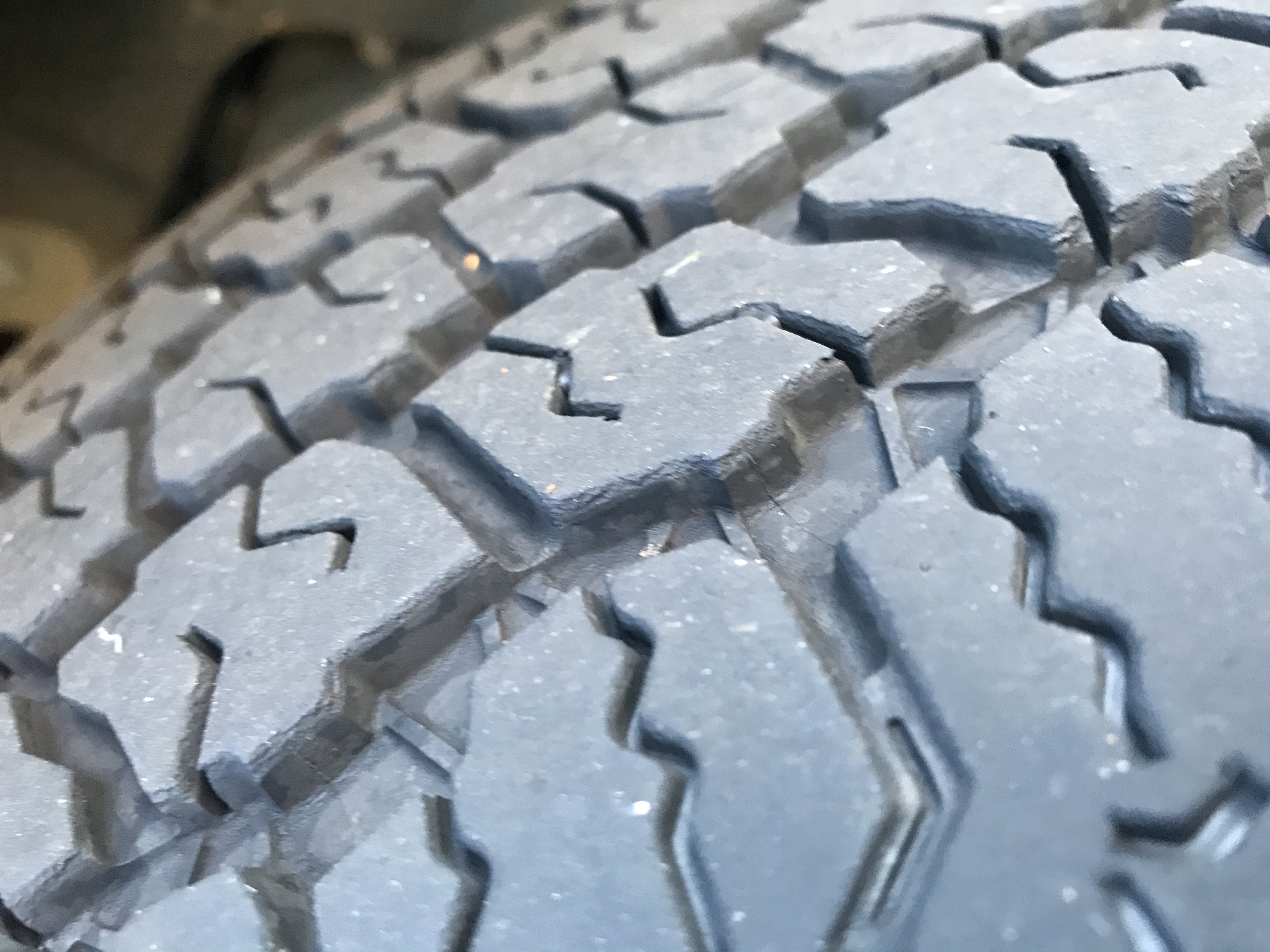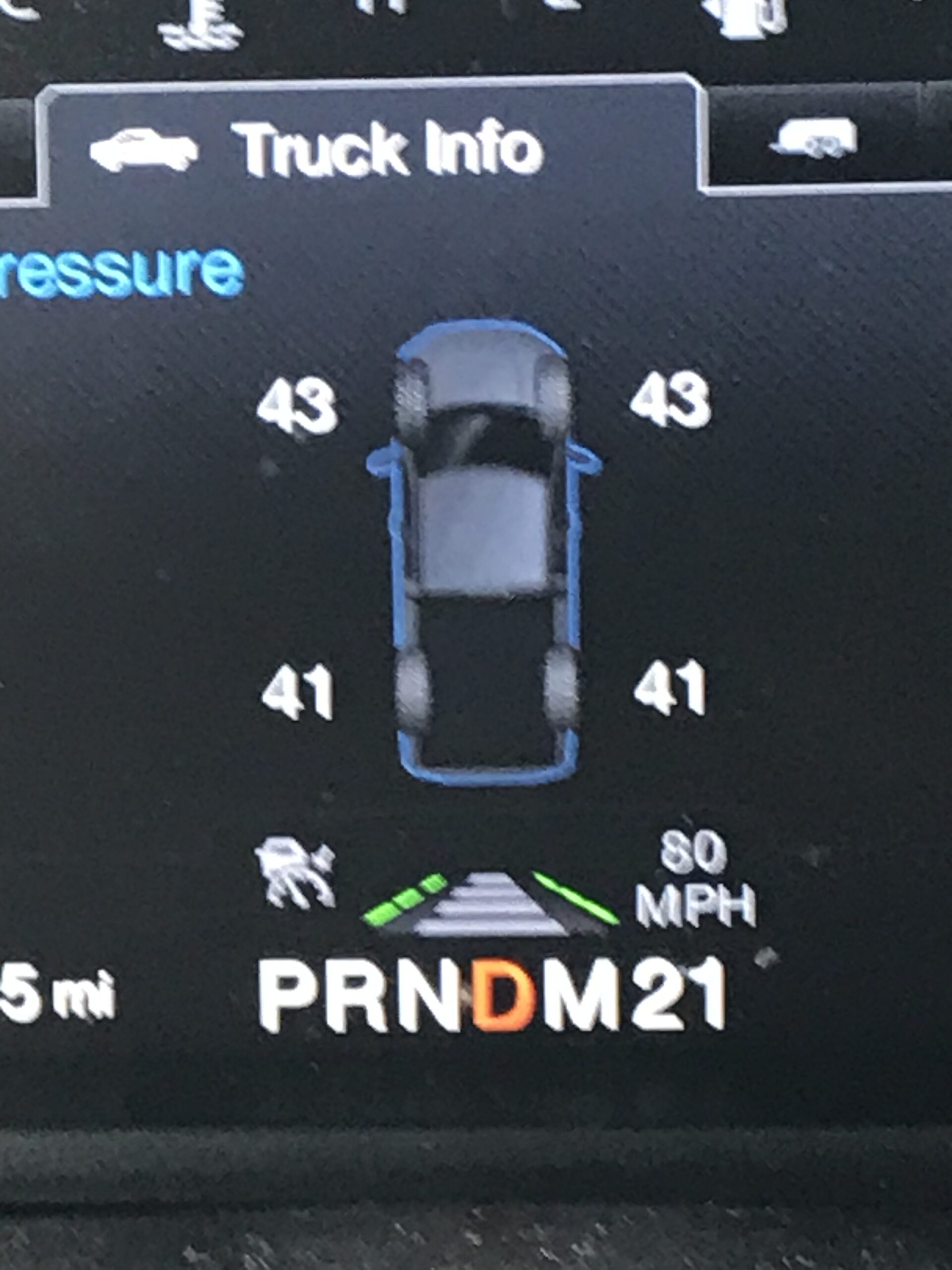In the realm of vehicle upkeep, a comprehensive tire maintenance program stands as a cornerstone for ensuring optimal performance and safety. Tires are the only contact point between your vehicle and the road, making their condition pivotal for both safety and efficiency. Proper tire maintenance can significantly enhance vehicle performance, improve fuel economy, and extend the lifespan of the tires themselves.
One of the primary benefits of a tire maintenance program is the improvement in fuel efficiency. Under-inflated tires can increase rolling resistance, leading to higher fuel consumption. By maintaining the correct tire pressure, not only can you save on fuel costs, but you also contribute positively to the environment by reducing emissions. Moreover, regular tire inspections and maintenance can detect potential issues early, preventing costly repairs down the line.
Safety is another crucial aspect of tire maintenance. Tires in good condition provide better traction, especially in adverse weather conditions, reducing the risk of accidents. Regular checks for tire tread depth, pressure, and alignment are essential practices within any effective tire maintenance program.
We at Fuel & Tire Saver Systems Company, LLC, understand the importance of maintaining your fleet’s tires in top condition. Our mobile onsite nitrogen tire inflation service, available in Virginia, Maryland, Pennsylvania, North Carolina, Tennessee, and Georgia, offers an efficient solution to your tire maintenance needs. Request Fleet Pricing, contact our office at (703) 429-0382, or email Mike.LoPresti@fuelandtiresaver.com to get started on a tailored maintenance program today.
Table of Contents
ToggleImportance of Regular Tire Inspections

Regular tire inspections are a critical component of an effective tire maintenance program. They ensure that vehicles perform optimally and remain safe on the road. Over time, tires are subject to wear and tear due to constant contact with various road surfaces and conditions. Neglecting routine inspections can lead to undetected issues that compromise vehicle safety and efficiency.
One of the key areas to focus on during inspections is tire pressure. Maintaining the correct tire pressure is vital for several reasons: it optimizes fuel efficiency, enhances handling, and extends the life of the tires. Under-inflated tires, for instance, can result in increased fuel consumption and uneven wear, leading to premature tire replacement.
Moreover, checking the tire tread depth is equally important. Adequate tread depth ensures that tires can effectively grip the road, providing necessary traction, especially in wet or slippery conditions. Insufficient tread depth can lead to longer stopping distances and an increased risk of hydroplaning.
Regular inspections also involve checking for physical damage, such as cuts, punctures, or sidewall bulges, which can pose a serious risk if left unaddressed. Ensuring proper wheel alignment and balance during inspections can further prevent uneven tire wear and improve vehicle handling.
Incorporating regular tire inspections into your routine maintenance schedule not only enhances safety but also contributes to cost savings by avoiding unexpected repairs and replacements. By prioritizing tire health, drivers can enjoy a smoother and more reliable driving experience.
Benefits of Proper Tire Inflation

Ensuring that your tires are properly inflated is a fundamental aspect of any comprehensive tire maintenance program. The benefits of maintaining the correct tire pressure extend far beyond the obvious, playing a crucial role in vehicle performance, safety, and cost efficiency.
Firstly, properly inflated tires significantly enhance fuel efficiency. When tires are inflated to the recommended pressure, they reduce rolling resistance, allowing the vehicle to move more easily and consume less fuel. This not only saves money at the pump but also contributes to environmental conservation by reducing carbon emissions.
Another key benefit is the improvement in tire lifespan. Over- or under-inflation can cause uneven tire wear, leading to shorter tire life and the need for premature replacements. By maintaining the recommended tire pressure, the contact patch—the part of the tire that touches the road—is optimized, ensuring even wear and maximizing the tire’s longevity.
Safety is also significantly enhanced with properly inflated tires. Correct tire pressure ensures optimal traction and handling, which are crucial for safe driving. This becomes particularly important in adverse weather conditions, where the right tire pressure can prevent accidents by providing the necessary grip and control.
Lastly, maintaining the correct tire pressure helps in improving ride comfort. Proper inflation levels ensure that the vehicle absorbs shocks from potholes and road imperfections more effectively, providing a smoother ride for passengers.
In summary, the benefits of maintaining proper tire inflation are multifaceted, offering cost savings, enhanced safety, and a more enjoyable driving experience. Regularly checking and adjusting tire pressure should be a staple in every driver’s maintenance routine.
How Nitrogen Inflation Extends Tire Life

Adopting nitrogen inflation as part of your tire maintenance program can significantly extend the life of your tires, offering both environmental and economic benefits. Unlike conventional air, nitrogen is a dry, inert gas that provides several advantages when used to inflate tires.
One of the primary reasons nitrogen extends tire life is its ability to maintain consistent pressure for longer periods. Nitrogen molecules are larger than oxygen molecules, which means they permeate through the tire rubber more slowly. This results in a much slower loss of pressure over time compared to regular air, hence reducing the need for frequent top-ups.
Another advantage of nitrogen inflation is its ability to reduce tire oxidation. Traditional air contains oxygen and moisture, both of which can accelerate the aging process of tire materials. Oxygen can oxidize rubber, leading to brittleness and reduced flexibility. Nitrogen, being a dry gas, minimizes moisture inside the tire, thereby slowing down the deterioration of the rubber compounds. This preservation of the tire’s integrity contributes to a longer lifespan.
Nitrogen inflation also contributes to more stable tire pressure across varying temperatures. Air-filled tires can experience significant pressure changes as temperatures fluctuate, which can lead to uneven tread wear and reduced tire performance. Nitrogen’s stable nature helps maintain consistent pressure, promoting even tread wear and further extending the tire’s life.
Incorporating nitrogen inflation into your tire maintenance routine is a proactive step towards maximizing tire longevity. By choosing nitrogen, you not only enhance the durability and performance of your tires but also enjoy the added benefit of lower maintenance costs over time.
Implementing a Comprehensive Tire Maintenance Plan

To ensure the longevity and optimal performance of your fleet, implementing a comprehensive tire maintenance program is essential. A well-rounded plan not only enhances safety but also contributes significantly to cost savings and fuel efficiency.
Begin by establishing a regular inspection schedule. Frequent checks help identify potential issues before they become major problems. Inspect tires for signs of wear, damage, and proper tread depth. Keep an eye out for irregular wear patterns, which can indicate misalignment or imbalance issues.
Ensure that tire pressure is consistently monitored and maintained. Under-inflated tires can lead to increased rolling resistance, reducing fuel efficiency and contributing to premature wear. Incorporating nitrogen inflation, as discussed, can aid in maintaining stable tire pressure over time.
Another critical aspect of a tire maintenance plan is ensuring proper tire rotation. Regular rotation helps distribute wear more evenly across all tires, extending their lifespan. It is typically recommended to rotate tires every 6,000 to 8,000 miles, but this can vary depending on vehicle type and usage.
Alignment and balancing should not be overlooked. Misalignment can cause tires to wear unevenly and affect vehicle handling, while unbalanced tires can lead to vibrations and increased wear. Regular checks and adjustments can prevent these issues, ensuring smoother rides and prolonged tire life.
Finally, consider training your team on the importance of tire maintenance and how to conduct basic inspections. Educated drivers can play a pivotal role in identifying potential issues early, preventing costly repairs down the line.
By implementing these strategies, you can create a robust tire maintenance plan that safeguards your fleet, enhances safety, and maximizes your investment in your tires.
Environmental Impact of Tire Maintenance Programs
Adopting an effective tire maintenance program not only benefits the individual vehicle owner or fleet manager but also has significant positive effects on the environment. By ensuring that your tires are in optimal condition, you contribute to reducing carbon emissions, minimizing waste, and promoting sustainable practices.
One of the most direct environmental benefits is the reduction of fuel consumption. Properly maintained tires improve fuel efficiency by reducing rolling resistance. This means that vehicles consume less fuel to cover the same distance, thereby reducing their carbon footprint. When multiplied across a fleet, this can result in substantial reductions in greenhouse gas emissions.
Moreover, extending the life of your tires through regular maintenance reduces the need for frequent replacements. This not only saves on costs but also decreases the demand for raw materials required to manufacture new tires. Less frequent tire production leads to reduced energy consumption and lower levels of pollution associated with tire manufacturing processes.
Proper disposal and recycling of tires also play a crucial role in mitigating environmental impact. Ensuring that old tires are recycled responsibly prevents them from contributing to landfill waste, where they can take centuries to decompose and pose serious environmental hazards.
By prioritizing tire maintenance, you are making a choice that benefits both your operations and the planet. Join us in our mission to enhance sustainability by implementing a comprehensive tire maintenance program in your fleet. Request Fleet Pricing by visiting our Contact Page, calling our office at (703) 429-0382, or emailing Mike.LoPresti@fuelandtiresaver.com. Together, we can drive positive change.


